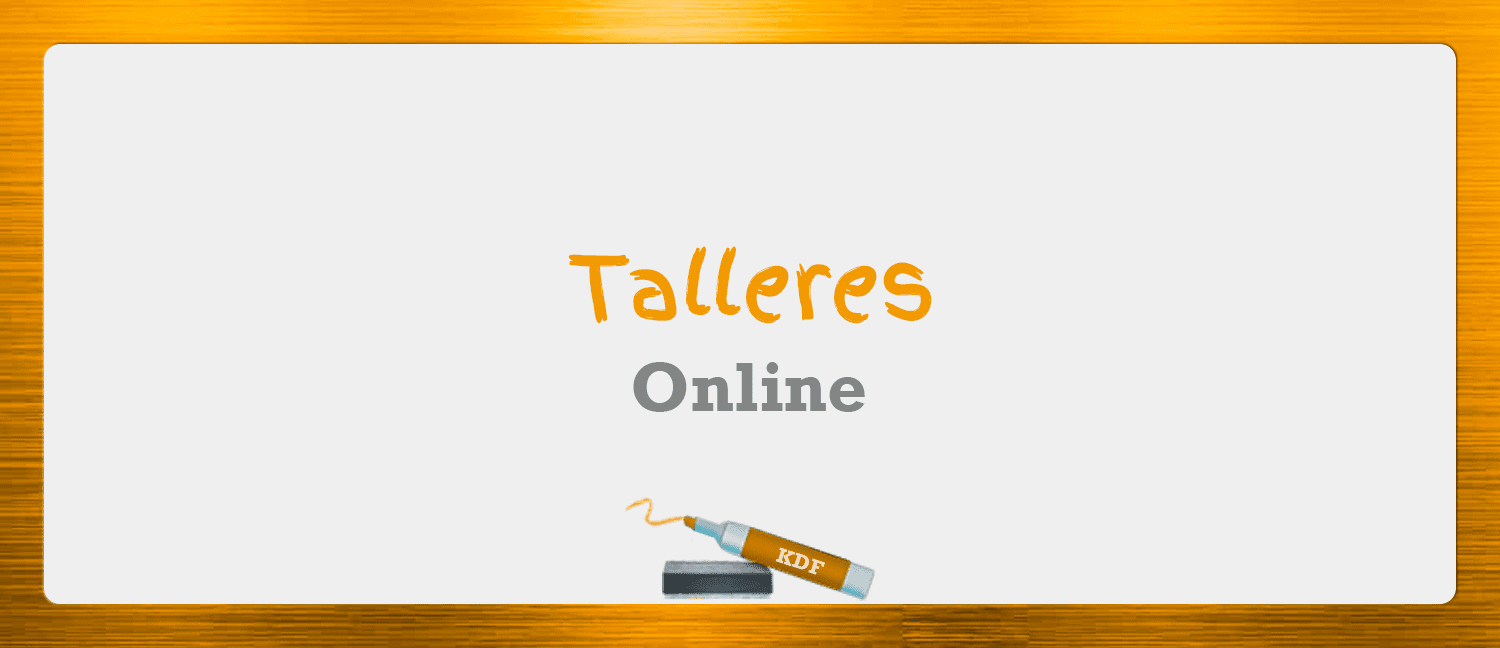Original price was: $360.00.$350.00Current price is: $350.00.
Talleres I
Schedule won’t work? Click here!
If after the first lesson, you think this isn’t your level, we can switch you to a different class. No additional charge!
Who’s this class for?
This course is for students who have completed all the intro courses (Beginners, Intermediate & Advanced) or have an equivalent knowledge of the material covered in these courses. In order to register for this course, you need at least a basic conversational level. Class will be conducted entirely in Spanish.
All class materials included
Kasa De Franko‘s tuition includes a textbook, workbook, interactive material, access to our social media, socials & much more. We review your homework every week providing you immediate feedback.
Our methods
We all need grammar but not all of us love grammar. If you are one of those who don’t like grammar, this course is for you. We can’t promise you would love grammar with us. However, you will feel you are learning something new while having fun. We know grammar is not for everyone but we can all take advantage of it. You don’t have to enjoy it but you can, at least, look at it from a different perspective.
Let’s say: If you are a math person, you can look at Spanish grammar as a very structured series of elements and a number of formulas you have to apply when using it. If you are an artist you can look at it as different techniques you need to internalize before you better express your art. All types of artistic expressions are a type of language.
You first learn the basics before you can learn to execute or adopt your own free style to express yourself. Learning to speak a different language is then a type of art or a structured math problem you gotta solve. These and other analogies can be used to relate to different aspects of life and professions to better understand grammar. You won´t love it per se but, at least, you will learn to better understand it.
Class Content
Capítulo 1:
- Usos y definición del presente de indicativo.
- Funciones semánticas del presente de indicativo
Actividad: Identificar el tipo de presente en las siguientes oraciones.
Capítulo 2:
- Definición de verbo y categorización de verbo.
- Los verbos modales.
Actividad: ¿Quién le pone el cascabel al gato? – Lectura.
Capítulo 3:
- ¿Qué es una Perífrasis verbal? Tipos y usos
- Perífrasis verbales en presente expresando pasado o futuro.
Actividad: Canción color esperanza – Diego Torres.
Capítulo 4:
- Definición de adjetivo y tipos de adjetivo.
- ¿Cuántos tipos de adjetivos hay?
Actividad: Identificar el tipo de adjetivo usado en las siguientes oraciones.
Capítulo 5:
- Grados del adjetivo.
- ¿Por qué posicionar el adjetivo antes del sustantivo en algunos casos?
- Adjetivos especificativos versus adjetivos explicativos.
Actividad: Los leñadores – Lectura.
Capítulo 6:
- Tipos y función de las preposiciones.
- ¿Por qué decimos ¨buenas tardes¨ y no ¨buena tarde¨?
- ¿Es posible decir ¨buen día¨ tanto como ¨buenos días¨?
Actividad: El dequeísmo.
Capítulo 7:
- ¿Por qué el español usa signos de interrogación y admiración dobles?
- Cuestionario de artículo previo
Curiosidades: Esta es la oscura historia de las tildes en la escritura.
Capítulo 8:
- Tipos de oraciones subordinadas.
- La diferencia entre insubordinado y subordinado.
Actividad: instrucciones para dar cuerda a un reloj.
Capítulo 9:
- ¿Cuál es el futuro del idioma español?
- ¿Cuál es el origen de la letra ñ y qué otras lenguas la emplean?
- ¿Cuál es el origen de la letra ñ?
Canción: A mí me gusta hablar español.
Capítulo 10:
- El futuro del español será tecnológico… o no será.
- Cuestionario de artículo previo
- En su opinión, ¿Cuál es el futuro del idioma español?
Curiosidades: los países en que más se estudia nuestro idioma.
Group Class Size Policy:
- Three students minimum per group are required to have the full 10.5-hour program
- Two students or less, the same fee, 7 sessions of 1 hour.
- One student, the same fee, 7 sessions of 45 min.
Refund Policy
Please Click Here!

